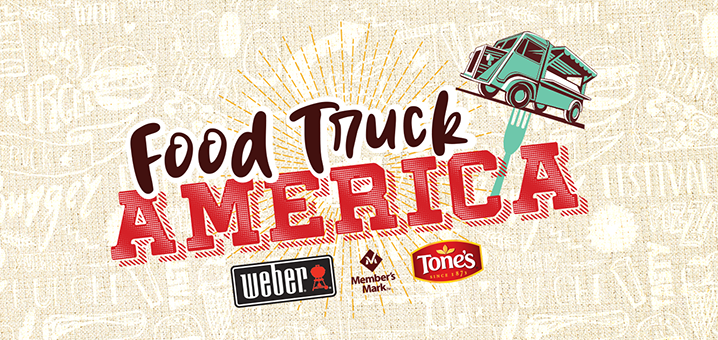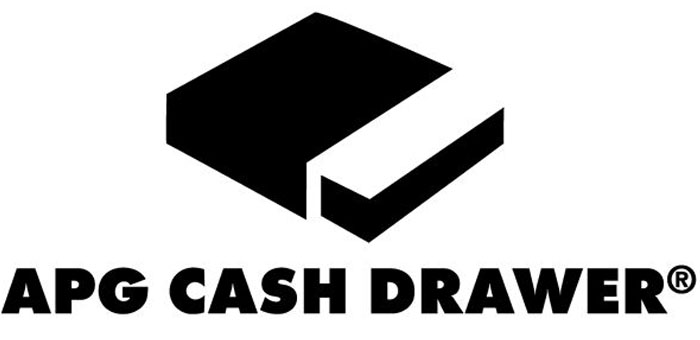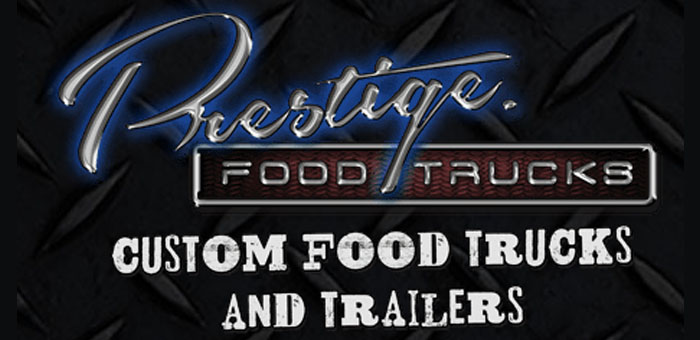
Jeffrey MacMillan/JEFFREY MACMILLAN – SBA’s Karen Mills chats with Patrick Rathbone, owner of The Big Cheese food truck.
WASHINGTON DC – Karen Mills loves food trucks on a number of levels – of course, for the variety of cuisine they bring to the curbs of cities like Washington, but also for the start-up and expansion opportunities they present to food-minded entrepreneurs.
“These food truck owners are an important custo
mer base for us,” Mills, head of the Small Business Administration, said while enjoying some gazpacho from The Big Cheese truck earlier this week outside the agency’s headquarters in the District. “Many of them are looking for money for the next truck or a loan to move into a brick-and-mortar restaurant, and we have programs in place to help them find that capital.”
Mills sampled favorites from a number of local food trucks that afternoon, taking time to speak with owners about what type of initiatives and resources are most pertinent to their unique business model. Patrick Rathbone, The Big Cheese owner, explained that biggest challenge for most truck owners is simply finding the necessary capital, especially small-dollar loans.
“This is a great business incubator, because you can get into business for a lot cheaper, usually less than $100,000 for a food truck compared to a minimum $250,000 for an actual brick-and-mortar restaurant,” said Rathbone, who initially wrote a business plan for a restaurant but couldn’t secure enough financing.
The former restaurant manager instead took out a loan against his Jeep and maxed out credit cards to bootstrap the launch of his food truck at the end of 2010. Eventually, he still plans to open a brick-and-mortar location, and he said the food truck operation has allowed him to slowly begin purchasing equipment to get ready.
A number of the city’s most popular mobile food vendors have already made the restaurant leap, including DC Empanadas, District Taco and Pleasant Pops.
Rathbone said other would-be food truckers would benefit most from microlending programs that make it easier for them to secure loans in the neighborhood of $50,000.
“The business might cost a little more, but the owner should have some skin in the game, too,” he said, adding that loans of that size would also “help some of us put a second truck on the road.”
Find the entire article by J.D. Harrison at The Washington Post <here>



